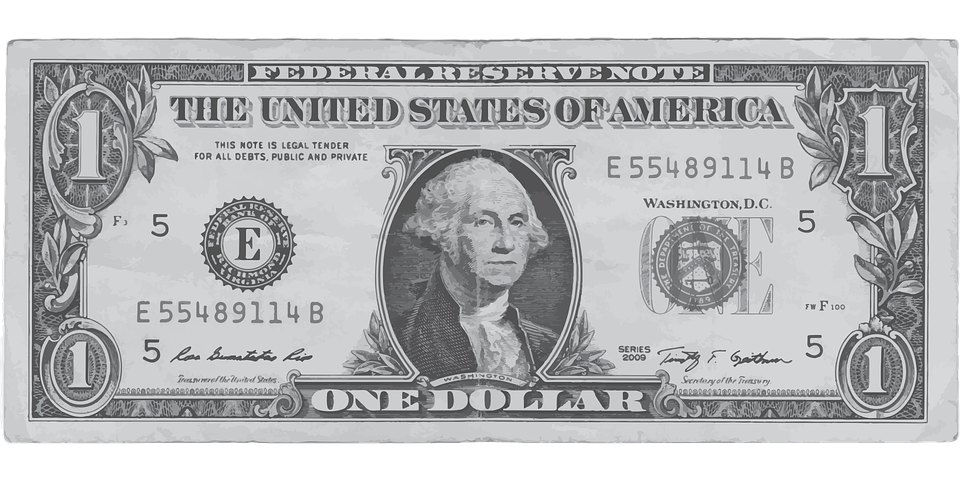The world is a divided place. It is divided into continents, countries, states, constituencies and whatnot. Though the main reason for the division is ease in administration, it also creates a sense of competition to do better than the others. Some might lead to a healthy rivalry like the Michigan-Ohio football rivalry and some may just lead to massive destruction, the world wars for example. So with all the competition existing among the countries, how do you make your country the best? Better schools? Better jobs? Cleaner and safer streets? Well, all of these help, but the biggest factor which defines the success of a country is the economy of that country. Let’s take the U.S. economy for instance. It is the world’s largest economy. But how did it get there? Why is the U.S. dollar considered as the most powerful currency in the world?
We will have to delve into the history of the world wars and the basics of economics to answer these questions. The U.S. as we all know is a leading exporter of weapons and arms. This has been true since the world war. During the world wars, the U.S. used the European countries as cash mines by exporting weapons and arms. In foreign trade, the exchange is usually done with a universal currency which has always been gold. In fact, the value of the total currency a country mints is decided based on the value of the gold reserves that belong to that country. The U.S. took this opportunity and got off the gold standard in 1933 by putting a U.S. dollar value for an ounce of gold and demanded money in dollars rather than gold. Every country needed weapons and hence every country needed dollars to import weapons from the U.S. Slowly there was an increasing demand for the U.S. dollar and every country started acquiring dollars. This increased the value of dollar drastically. The demand was so high that the U.S. started printing currency exceeding the value of gold it possesses and soon the dollar became the reserve currency for foreign trade. The remnants of the gold standard
This increased the value of dollar drastically. The demand was so high that the U.S. started printing currency exceeding the value of gold it possesses and soon the dollar became the reserve currency for foreign trade. The remnants of the gold standard was completely abolished in 1971 by president Nixon. If everyone in the world who has dollars in their wallets goes to the U.S. government and asks in return for gold of equal value, the dollar would lose its value. This situation would never arise though because the U.S. is officially off the gold standard and is under no obligation to give gold for U.S. currency. Moreover, the status of the dollar as the international reserve currency for foreign trade would never let such a situation arise.
Once the wars ended, the demand for weapons came down, but some natural resources never lose demand. The world’s largest exporter for oil is Saudi Arabia, who sells oil to any country in dollars. The reason for this is a deal made years back which dictates Saudi Arabia to use dollars for international trade of oil and in return the U.S. army would provide military support to solve the conflicts it was facing with its neighboring countries. The result is maintaining the demand for the U.S. dollar and countries wanting to buy U.S. dollars, due to which the dollar is the most stable currency in the worlds as it never loses value and also the reserve currency for foreign trade making it the world’s most powerful currency.
While other countries were focusing on helping the economically backward people of their country, the U.S. invested billions of dollars in the research and development of the weapons and arms sector making the U.S. military one of the most powerful militaries in the world and as a result making the dollar one of the most powerful currencies in the world. So the question we should ask ourselves is in a world progressing towards peace and harmony, why does the military strength of a country influence the economy of a country?





